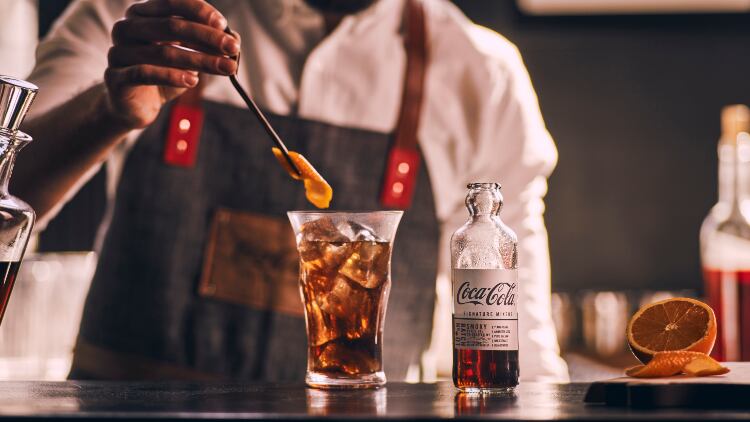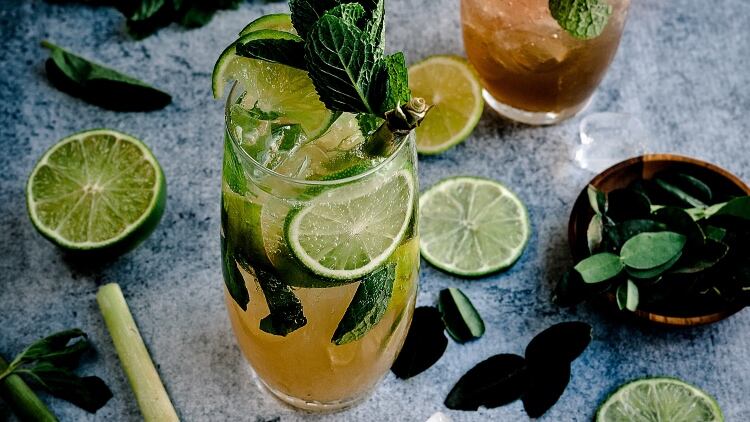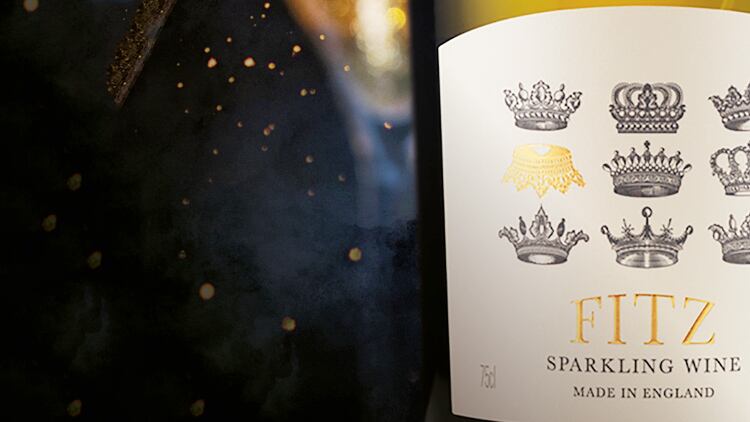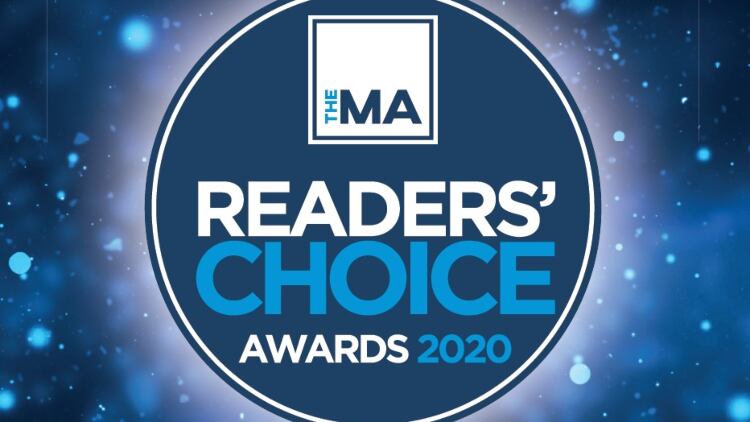Undoubtedly one of the key factors surrounding the success of many spirits is their classic mixer partner.
Combining two ingredients with ice and a garnish to make a simple yet tasty drink, spirit/mixers are in demand across the UK – buoyed by increasingly adventurous drinkers and the invention to match that by producers.
As the public continues to explore different options in the on-trade, taking advantage of new trends and releases in the mixer market by keeping a close eye on the in-demand options, such as interesting flavours, mixers for dark and craft spirits as well as the still-booming gin category can help ensure 2020 is a good year for licensed outlets, according to drinks firms.
“With a multitude of new spirits brands emerging and established brands widening their portfolios, particularly in the dark spirits category, it is unsurprising that we have seen growth in the market for mixers,” says Tom Wiggett of Long Tail Mixers.
“Consumers are constantly looking for new and interesting flavours to enhance their drinking experience, which has allowed the mixer market to continue to innovate and grow.”
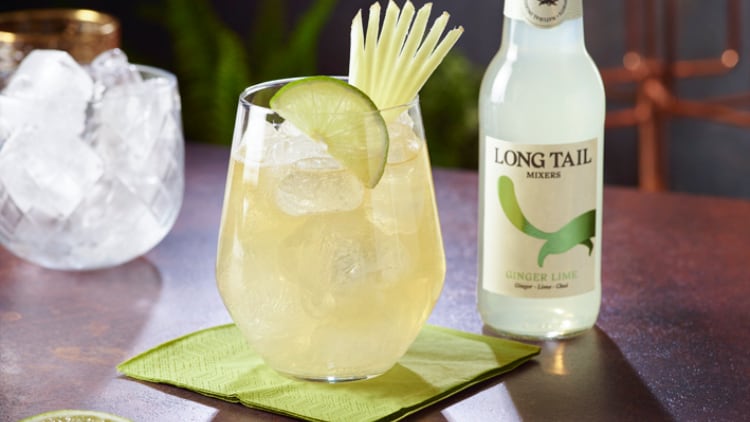
Appetite for new flavours
Amy Burgess of Coca-Cola European Partners (CCEP) agrees, adding that “paying special attention to complementary flavours” with spirit/mixers can help make a venue’s drinks offer stand out.
She says: “Consumers have developed an appetite for new flavours and experiences, which is driving the growth of flavoured mixers. People are also drinking a wider range of spirits; although gin is still very much a big part of the market, options like mezcal and Tequila are resurfacing and dark spirits are also experiencing strong growth.
“Operators can make the most of this trend by paring spirits with interesting mixer flavours to create unique mixed drinks that will excite consumers.”
With a heightened thirst for new and often unusual mixing halves for spirits demonstrable in the on trade, flavoured mixers are a great way to introduce diversity to bars, according to Raissa de Hass of Double Dutch Drinks.
“There is a real trend towards new ingredients,” she says. “Elements such as CBD oil are slowly coming into the mixer market and cues are being taken from the culinary world. In particular, we are seeing more Asian and herbal flavour profiles, such as matcha tea, cardamom and turmeric."
And with customers seeking out more choice than ever before, de Haas reckons that bolstering selections of adaptable flavoured mixers can help “increase margins and offer consistency and ease for bartenders”.
“For example, our Cucumber & Watermelon tonic works great on a gin menu with citrus-based gins, but also pairs nicely with a coconut rum,” she adds.
Ounal Bailey of The London Essence Company echoes that view.
“Consumer demand for adventurous flavours has grown substantially over the past two years, with flavoured variants growing 750% within gin alone,” she says.
“Offering interesting mixers whether in cocktails or alone is key. Ready to serve has become a big trend seen in both the on and off-trade. It allows bartenders and consumers to serve and enjoy consistently good drinks, without having to rely on a trained mixologist or fancy garnish to deliver flavour.”
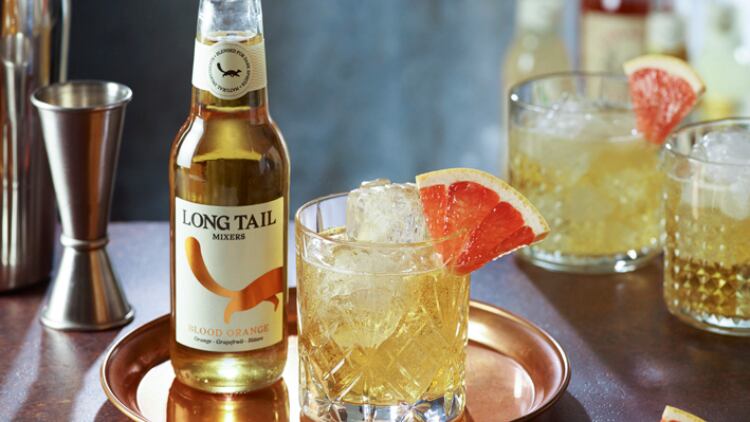
A darker year ahead
As dark spirits such as golden rum, whisky and Tequila are all tipped to enjoy strong sales in pubs and bars this year, a well put-together range of mixers designed to pair with the spirits will allow customers to explore all the categories have to offer in an accessible way.
As the age-old rules of neat consumption of dark spirits, particularly Scotch, are slowly being broken more frequently by drinkers, less experienced consumers can more readily be sold on the spirits, says London Essence’s Bailey.
“With this demand comes a thirst for a variety of premium mixing options for dark spirits,” she states.
“A mixer allows for the versatility of serve and makes the spirit more approachable and easy to enjoy. This is especially important for a younger audience who do not wish to sip their dark spirits neat as an older generation may have done, or who like to experiment with different flavour combinations.”
James McIntosh of Larkfire – a soft water from the Isle of Lewis, in the Outer Hebrides, which is designed to bring out the complexities of Scotch – advises operators to “seek out the natural and pure liquids that complement high-quality spirits” as well as taking time to highlight how “accessible whisky and other dark spirits can be with a mixer added”.
Coming slightly after the explosion in the number of tonic water varieties, more mixers such as flavoured colas, ginger ales and other alternatives designed to be paired with dark spirits have been released by producers in order to meet the expected increase in demand.
In November, Britvic launched a new mixer range to the market to complement dark spirits. Including a Spiced Orange variant and the more recently added Oakwood Spice, the drinks are said to combine well with darker rums and Bourbon respectively.
The new range, according to Britvic’s Adam Russell, will help publicans offer choice, new flavour combinations and strengthen dark spirit sales helping them to capitalise on an emerging trend.
An “absence of experimentation” among mixers for dark spirits led to the release of Coca-Cola Signature Mixers last year, stated CCEP’s Burgess, who said that the four new flavoured colas would help give “consumers the chance to discover and enjoy dark spirits in the same way as tonics have enabled the exploration of gin”.
She added: “Each of the flavours is designed to enhance the complex flavours of dark spirits, including whisky and rum, bringing different taste combinations that will attract new consumers as well as excite seasoned dark spirits drinkers.”
According to recent CGA data, the darker varieties of rum are now enjoying something of a renaissance with sales of dark rum up 9% and golden rum sales exhibiting similar growth (8%).
It’s against this backdrop that Global Brands-owned Franklin & Sons has released its 1886 Cola with West African Kola Nut & Columbian Coffee Bean in 200ml bottles. The cola is described by the firm’s Alice Hinitt as the “perfect” mixer to capitalise on the resurgent spirit due to its “gentle spice and delicate vanilla notes”.
Looking ahead, Patrick Gee of Llanllyr Source predicts an ever-increasing number of drinks designed to pair with specific categories in the on-trade.
He says: “We expect to see a rise in interesting dark spirits serves as categories such as rum and Tequila continue to grow.”
Gee adds the brand’s two ginger beer variants and ginger ale would “complement darker spirits choices”.
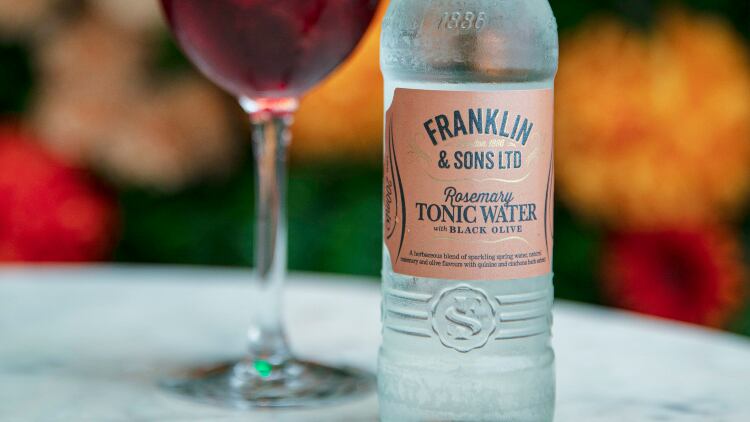
Little let up from gin
Impossible to ignore, gin’s rapid proliferation over the past five years has been one of drinks industry’s defining trends. Flavour innovation with the juniper-led spirit has seen the spirit enjoy a new modern day gin craze with flavoured and coloured gins now contributing significantly to its growth.
And it’s not over. The recent William Grant & Sons Trending 2020 report forecast that gin would overtake vodka to become the biggest spirit category in the UK’s pubs and bars this year, finding the spirit to now be worth £2bn to the nation’s on and off-trades.
While there is a plethora of choices to mix with when it comes to gin, Manchester Gin’s master distiller Seb Heeley reckons publicans should take advantage of more of the new savoury flavours available to them.
“We’re seeing a huge increase in more vegetable/savoury flavours, particularly in gin,” he says. “This seems to be in opposition to the enormous growth of the pink gin category – which is typically very sugar-loaded and sweet tasting.
“Sweeter gins and mixer combinations have jumped in popularity but aren’t to everyone’s taste. To counter this, we’re seeing beautifully savoury mixers – for example, Franklin & Sons’ Olive & Rosemary Tonic, which pairs wonderfully with a herbaceous gin like our own Wild Spirit – transform familiar drinks.”
And to assist customers’ flavour exploration, Heeley says, as people may not necessarily know what is out there at the moment, a serve of the week or month can aid experimental drinkers looking to discover new combinations. Double Dutch’s de Haas flags the rise of savoury-forward gin drinks this year too.
“Herbaceous flavour profiles will see a resurgence as bartenders seek to experiment with unexpected elements to give drinks something different,” she says.
More generally, Russell of Britivic says the growing popularity of premium-flavoured tonics can help bar staff add a “level of complexity and personalisation to the finished drink and add to the enjoyment and satisfaction of the occasion”.
Guests would also be willing to pay more for an “elevated” drinking experience in outlets, Russell suggests.
He says: “Alongside the classics, botanicals, herbs, spices and essences are fantastic for elevating flavour and enhancing the experience.
“The gin drinking experience can be delivered from the simply the perfectly served classic G&T, to adding interesting flavour note combinations, twists on the signature tonic with gin using alternative mixers, such as gingers and flavoured sodas, right through to introducing additional flavours and textures to transform a gin and tonic into a totally new long mixed drink.”
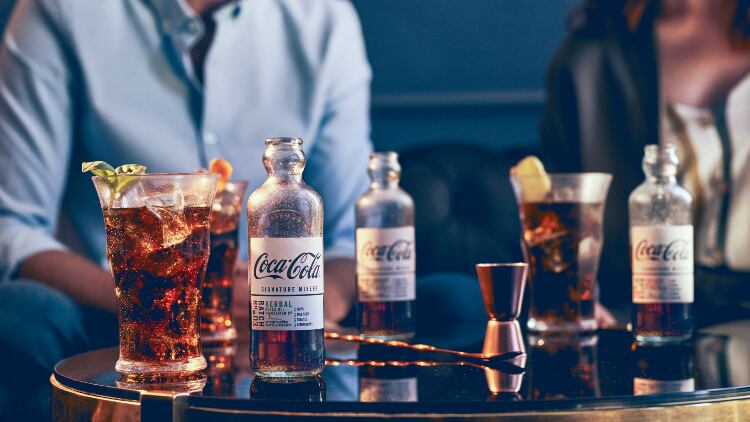
Yes to low and no
The public has placed a greater collective emphasis on their health in recent years and this has resulted in a step-change in what many consumers look for from their favourite bars. While seeking to reduce their calorie or alcohol intake, customers still want to enjoy going to bars but increasingly do so with moderation in mind.
That was the assessment of Russell of Britvic, who states, with the latest ONS figures revealing that around two in five of Gen Zs are teetotal, health was in his view “less of a trend and instead a generational behavioural change” and emboldened the case for enhanced mocktails and low-calorie mixers.
“Health is undoubtedly one of the biggest factors impacting the drinks trade,” says Russell. “When dining out many guests will treat themselves but others still search for healthier options. Offer great tasting low and no-sugar alternatives to cater to these customers.”
And the need for a focus on premium and exciting low sugar mixers in venues is reinforced by Source’s Gee.
He says: “As education increases and lifestyles change, consumers have become far more concerned about health and both artificial sweeteners and sugar. Consumers are looking for interesting options beyond sugary fruit juices or cordials so it is essential that operators stock low-calorie alternatives, which are great tasting and high quality.”
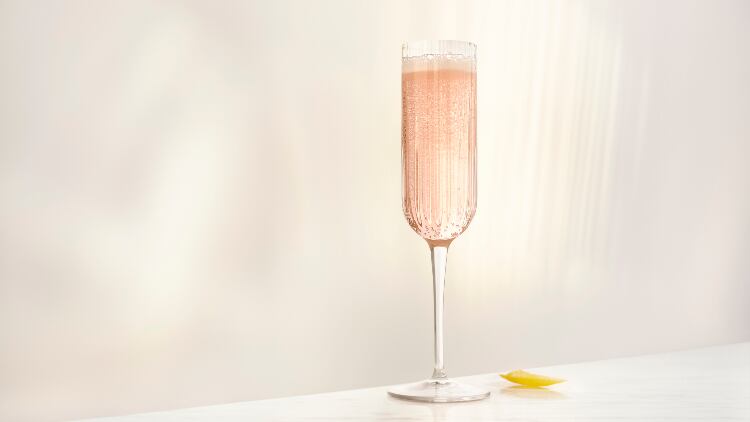
The season in a glass
With winter giving way to spring, rejuvenating offers with drinks that reflect the season can help outlets stay ahead of their competitors and slake the considerable thirst for seasonal serves.
“Fresh, floral flavours are essential for a spring menu,” says Franklin & Sons’ Hinitt. “As are beautifully hued serves that reflect the blossoming of spring.”
And, in keeping with the demand for low-and-no options in the on-trade, Bailey of London Essence suggests that spritzers can star at this time for venues as customers adopt an attitude of “healthy hedonism”.
“Research shows that more than one in five consumers are enjoying cocktails in the on-trade and because of this there is a spotlight on both the spirit and mixer counterparts,” she says. “Among the most popular serves are spritzers that answer consumer demand for light-and-low options, CGA research has shown that 73% of cocktail drinkers would consider drinking a spritz – with gin and vodka the most popular with them.”
Conversely, as the attention switches towards less heavy drinks as the lighter nights slowly arrive, Long Tail’s Wiggett advocates that operators shouldn’t forget to also switch things up for dark spirits drinkers as that trend develops over the coming months.
He says: “With floral flavours often encouraging the consumer to choose a gin-based drink, alternative flavours such as citrus, orange and ginger need to be incorporated in order to support the move away from the G&T to dark spirits and mixers.”

